You are here
Trastevere - Isola Tiberina - Testaccio
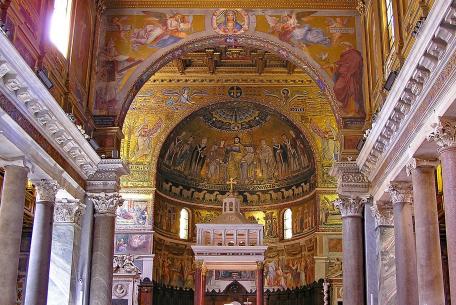
The Basilica was probably the first official place of Christian worship in Rome.
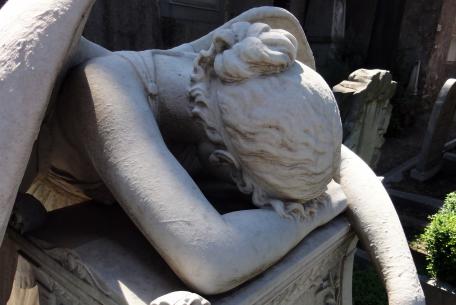
"Wonderful place. Messenger of stone. Heavenly music. Dark presences. What you are looking for is at the English, the Artists and the Poets’ cemetery."
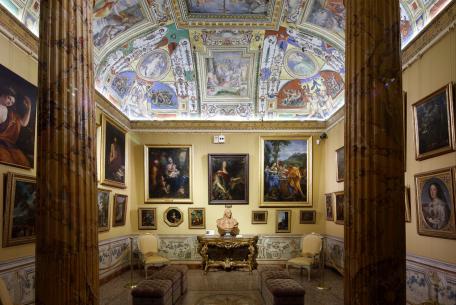
The National Galleries of Ancient Art are a single museum institution divided between Palazzo Barberini
[...]
Legend has it that the Tiber Island was formed, to say the least, in a rather curious manner: the angry Romans, after having overthrown in a popular uprising the reviled tyrant Lucius Tarquinius Su
[...]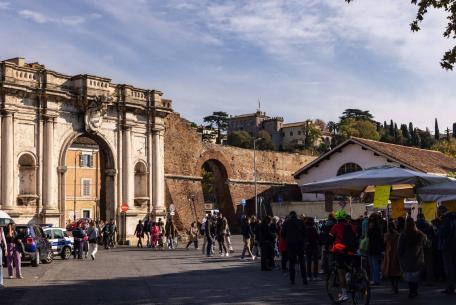
Located in the characteristic Rione Trastevere, the historical Porta Portese market
[...]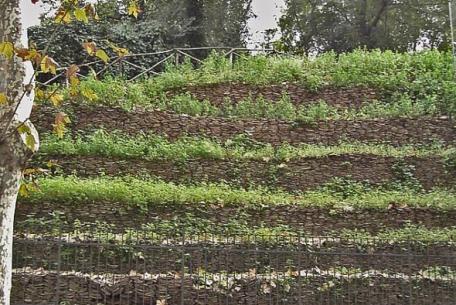
Located in Testaccio district and popularly known as Monte dei Cocci, Monte Testaccio is an artificial hill in ancient Rome's port area, near the horrea (warehouses).
[...]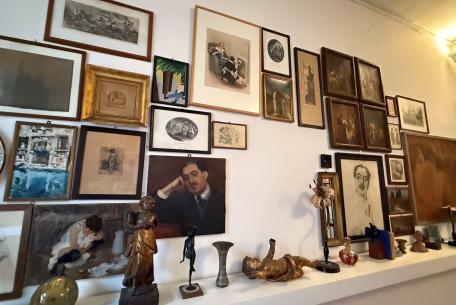
Located in one of the Capital’s most lively and beloved neighbourhoods, the Museum of Roma in Trastevere is housed in the former monastery of Sant'Egidio, where th
[...]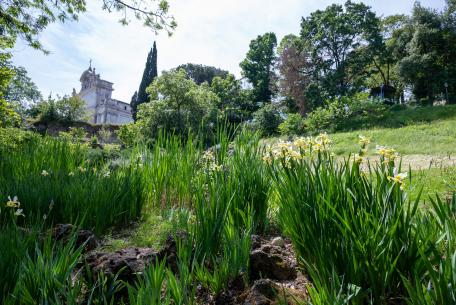
In the heart of Rome between Via della Lungara and the Gianicolo Hill, you can find a magical place where to walk away from the chaos of the city, and enjoy the sp
[...]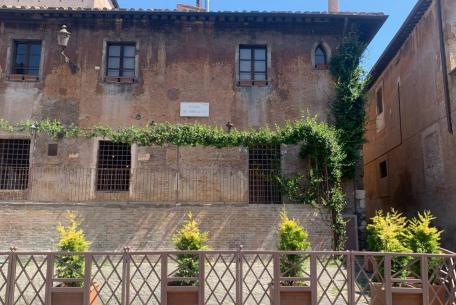
A picturesque corner of the Rione Trastevere, this little square is nestled between the
[...]This ancient square at the center of Rione Trastevere is dominated by the
[...]
It is one of the most popular meeting places for young Romans and tourists, thanks to its clubs and welcoming atmosphere: located in the heart of Trastevere district
[...]
After the conquest of Egypt in 31 BC on the part of Ottaviano Augusto, following Cleopatra's death, Roman funeral construction began to be inspired by Egyptian models
[...]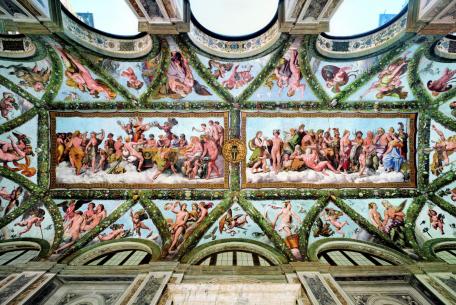
The Villa della Farnesina alla Lungara, in the heart of Rione Trastevere, is one of the nobles
[...]Located on the right bank of the river that crosses the city, Trastevere is one of the neighborhoods most loved by citizens and tourists. Here, among its intricate alleys, characteristic squares, and numerous trattorias and taverns offering traditional Roman recipes, you can rediscover the atmosphere of the Rome of yesteryear.
Trastevere is the perfect neighborhood to spend a day full of fun. It is known to be one of the most famous places of the Capitoline nightlife. Every evening, it welcomes the many young people who choose it for its trendy clubs, lounge bars, and enchanting squares, places of perfect conviviality. Among them, we mention the main square of the area, Piazza Santa Maria in Trastevere, and Piazza Trilussa.
If you prefer to go shopping, in its artisan shops and the small shops still run by the family, you can find the perfect and original gift to impress your friends and family.
Its alleys and its always fascinating and unusual views have made Trastevere one of the most photogenic and photographed areas in Rome. Here, art and charm blend in evocative shots that turn into unforgettable memories to tell.
Not to be missed is a visit to the extraordinary places of art that the neighborhood offers: the 16th-century Palazzo Corsini, hosting the National Gallery of Ancient Art, in whose garden is the Botanical Garden, Villa Farnesina with the astonishing frescoes by Raffaello Sanzio and his school; the Basilica of Santa Maria in Trastevere; the Basilica of Santa Cecilia; the ancient Basilica of San Crisogono; San Francesco a Ripa Grande with the beautiful statue of the Ecstasy of Beata Ludovica Albertoni by Gian Lorenzo Bernini; and the Museum of Roma in Trastevere.
A poetic passage towards the opposite bank of the river is the Tiber Island, the only urban island of the Tiber. It connects Trastevere to the Ancient Jewish Ghetto with respectively the Cestio bridge and the Fabricio bridge.
Characterized by an unusual ship form, the island is the protagonist of a series of legends related to its origin. Among these, that linked to the terrible pestilence which, in 291 BC, struck Rome. The delegation sent to Epidaurus, the place of worship of the god of medicine Aesculapius, returned by ship to Rome with a snake, an animal dear to the god. At the height of the island, the snake leaped, and at the point where it took refuge, a temple dedicated to Aesculapius was erected. Today, there stands the church of San Bartolomeo all'Isola.
In summer, the Island hosts interesting film and cultural reviews.
Located on the left bank of the Tiber, Testaccio is the true folk spirit and soul of Rome. Like Trastevere, it is much loved by Romans and tourists for the many characteristic trattorias where you can taste the excellent traditional cuisine recipes and by the youngest who gather here to sip a cocktail with friends in one of the many clubs that animate the Capitoline nightlife.
The symbol of the district are the amphorae which, in Roman times, contained food and drinks for the citizens of Rome. They are depicted in the fountain in the center of Piazza Testaccio. Drained and destroyed by the millions, they formed Mons Testaceus, the Monte dei Cocci, over time. The caves you can see at the base of the mountain were cellars and stables. Today, those ancient "grottini" have become restaurants and disco-pubs, stylish meeting and socializing places for young Romans.
When Testaccio ceased its function as a landfill, it became the site of popular events, public games, and the noisy Roman Ottobrata the closing festivities of the grape harvest.
Among the places not to be missed are the archaeological area of Emporium, the ancient river port built in the 1st century AD, the Non-catholic Cemetery, which, in its monumental Tombs, houses the mortal remains of illustrious personalities, artists, and poets, including John Keats and Percy Bysshe Shelley, the Pyramid of Cestius, the original burial of the praetor, tribune of the plebe Caio Cestio, the church of Santa Maria Liberatrice, dedicated by Pope Pius X to the memory of the Roman population, the Mattatoio (the old slaughterhouse), one of the most important buildings of industrial archeology of the city for the modernity and originality of its structures, today a place dedicated to culture and contemporary art.











































